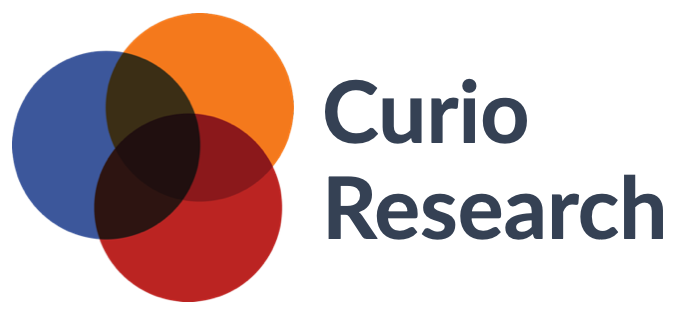Intuitive User Interfaces: The Key to Successful Smart Home Energy Management
We're in the midst of an energy revolution, with smart home technology giving consumers more control than ever over their energy usage. The market is expected to grow from under $1 billion today to over $300 billion by 2030. Smart thermostats, smart lighting, smart appliances - the possibilities for reducing energy waste and saving money seem endless. But there's a catch - these systems are only as effective as their user interfaces allow them to be.
As a UX researcher, I've seen firsthand how counterintuitive interfaces can hamper the adoption of even the most innovative and beneficial technologies. Consumers get frustrated, revert to old habits, the potential benefits never get realized, and they walk away dissatisfied with your product and brand. That's why designing intuitive user experiences is absolutely crucial for smart home energy management products.
So, what makes an excellent user interface for this space? A few fundamental principles:
Simplicity—Energy dashboards cluttered with too much data and configuration options overwhelm users. Clean, streamlined interfaces focused on key information and basic functionality have higher engagement.
Contextual guidance—Smart home systems should gently guide users to make energy-wise choices through timely prompts, tailored tips, and intuitive nudges (e.g., suggesting that they adjust the thermostat when leaving home).
Seamless integration—Rather than having yet another siloed app, energy management functions should be seamlessly integrated into existing smart home controls and routines.
A UX research practice focused on real user testing, observational studies, and iterative refinement is critical for nailing the intuitiveness factor. Some tips:
Run usability tests with target users to identify points of confusion and unmet needs
Observe how existing smart home energy features get used (or ignored) in real-world environments
Create interactive prototypes to quickly experiment with different UI models
Always be iterating based on research insights! Good UX is never "done."
Energy is a critical resource, and smart home technology holds such potential for reducing waste and environmental impact. But that potential won't be realized without well-designed user experiences. Smart energy interfaces absolutely must be a top priority for forward-thinking green tech companies.
Intuitive UX is key to mass consumer adoption of smart energy management technology. Is your product's energy-saving superpower being hindered by subpar user interfaces? If so, it's time to make UX research the core of your product strategy.
